| Places | |
|---|---|
| Accession Number | REL/08386 |
| Collection type | Technology |
| Object type | Aircraft |
| Physical description | Aluminium; Wood |
| Place made | Germany |
| Date made | 1945 |
| Conflict |
Second World War, 1939-1945 |
Messerschmitt Me 163B Komet Rocket Fighter : Luftwaffe










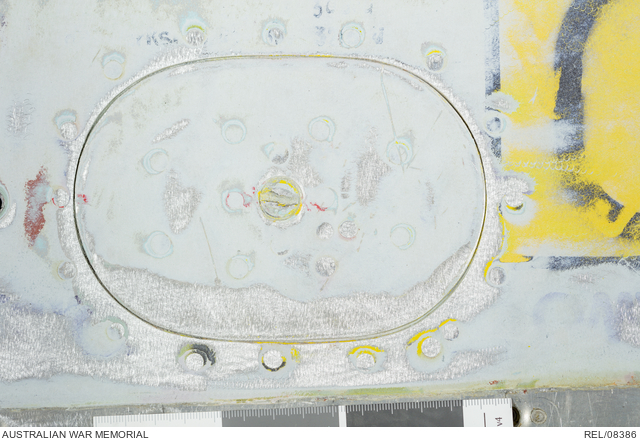

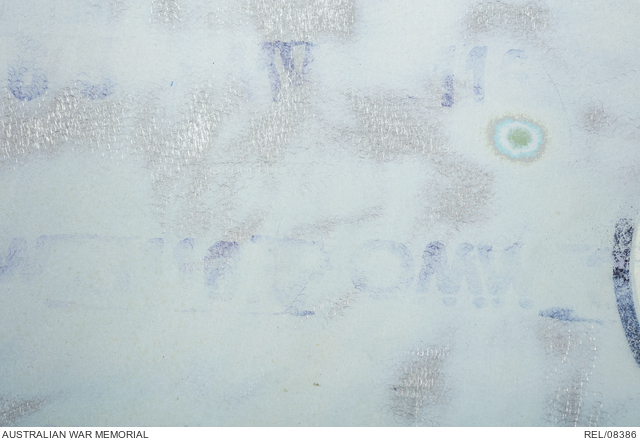







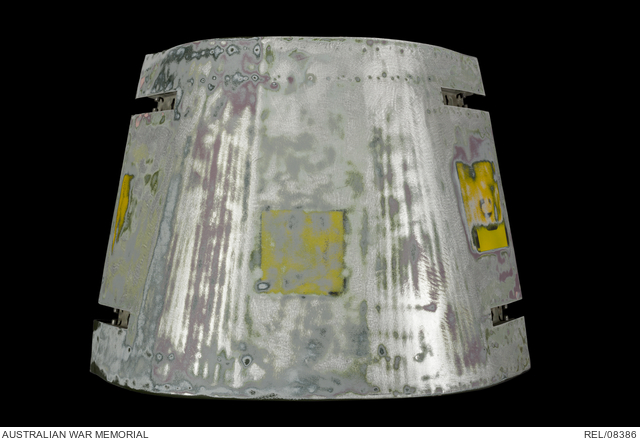

























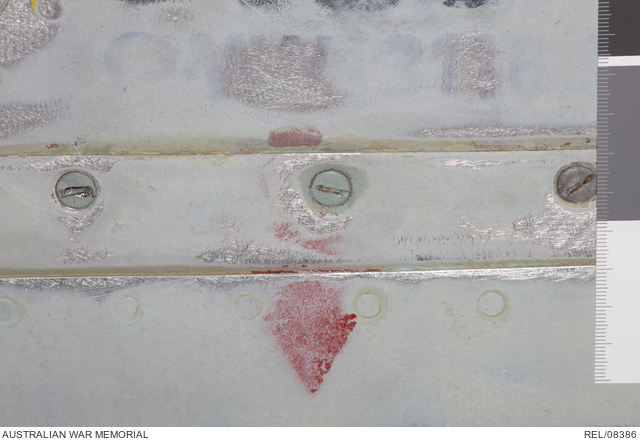







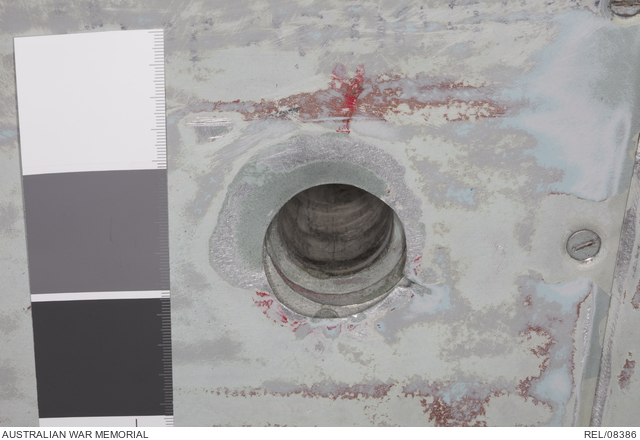

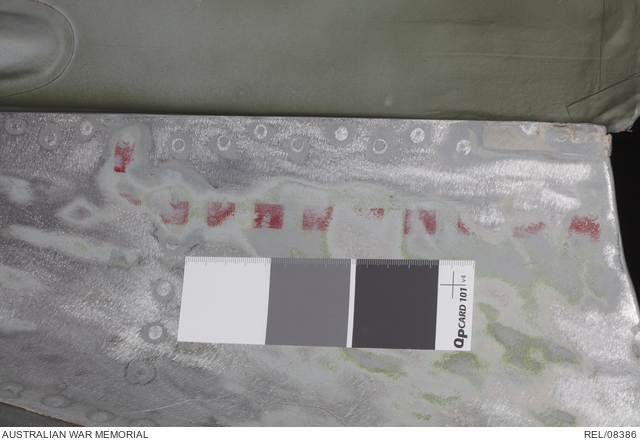

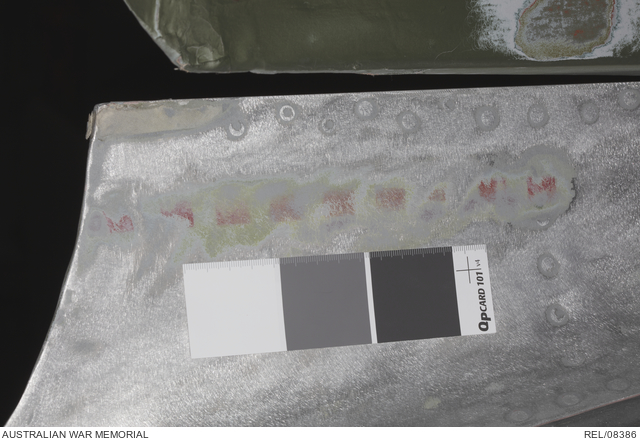

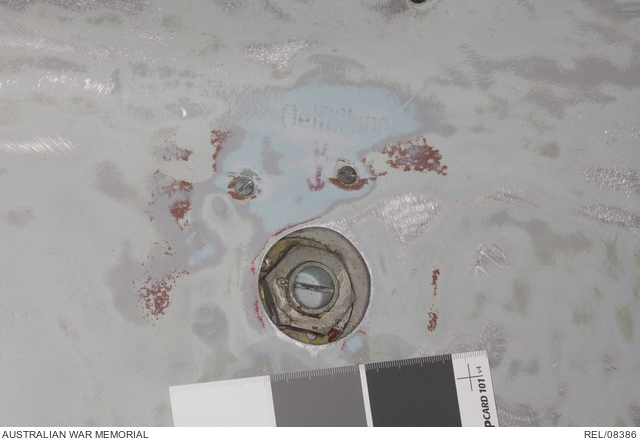











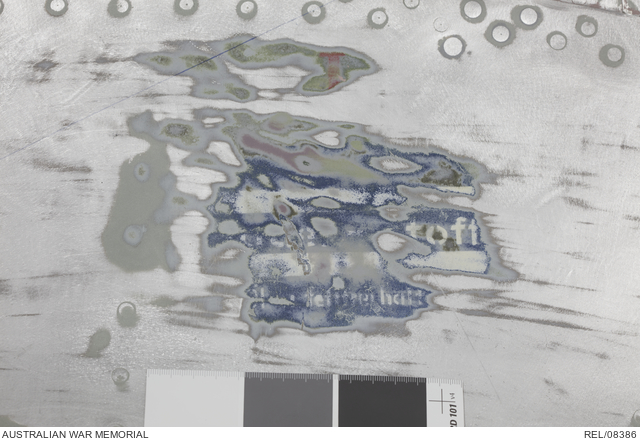







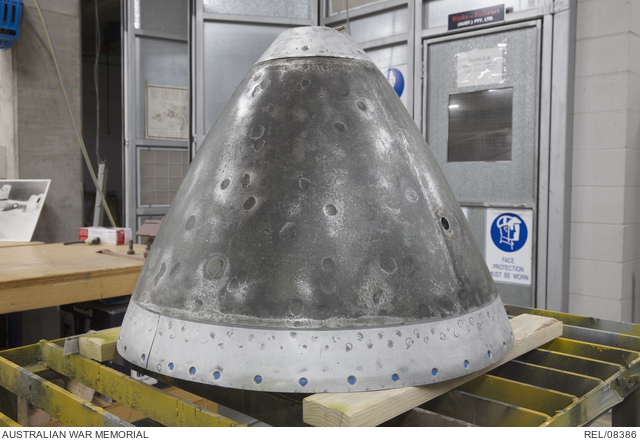
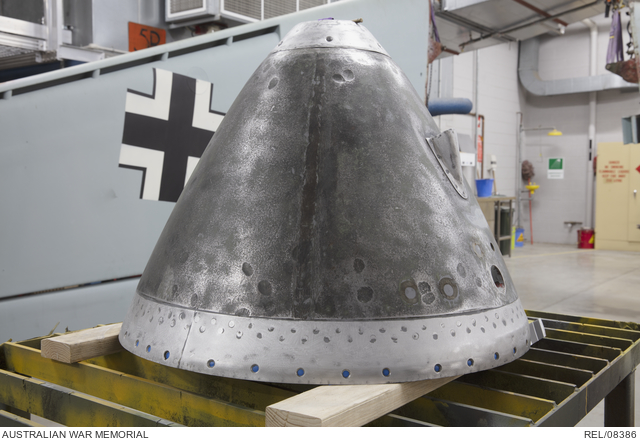




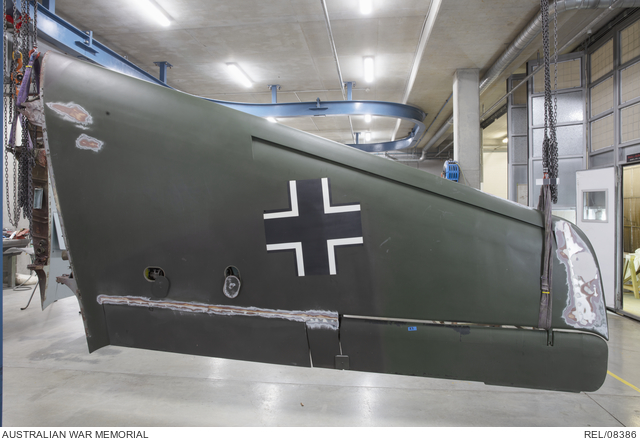




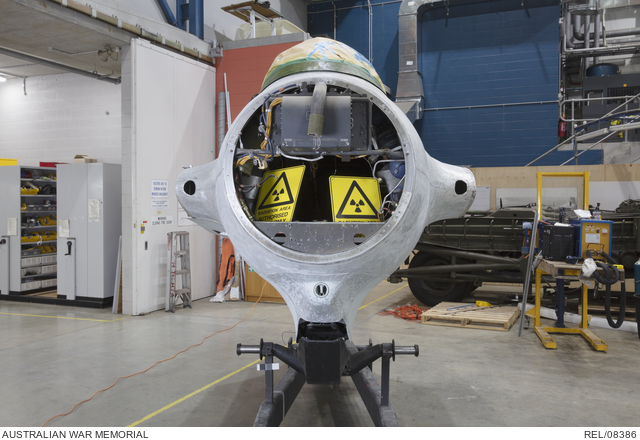




Messerschmitt Me 163 B1 Komet rocket fighter. It is a single-seat, single engine swept wing tail-less rocket-powered interceptor fighter aircraft.
The armament is 2 x Mk 108 30 mm cannon, mounted on either side of the fuselage and firing through the wing roots. Its werk nummer (serial number) is 191907. The fuselage is constructed of aluminium. The wings are constructed largely of timber. Attached to both wing roots are data plates showing that they were originally assigned a Werk Nummer of 191622, and that they were manufactured by Theodor Pucklitzsch, a furniture maker in Zeitz. The wing roots received a hand painted abbreviated Werk Nummer of '907' - presumably done when the aircraft was assembled. The aircraft was in its 'as capture' scheme until 1976, when it was repainted. Some elements of original paint and stencils survive, particularly around the fuselage wing root area and in the skid fairings.
The powerplant is a Walter 109-509A hydrogen peroxide fuelled rocket motor, which provided a maximum speed of 960km/h with an endurance at maximum throttle of 8 minutes. This gave an approximate operational range of 80 kms.
This aircraft was captured in May 1945, at Husum in Schleswig-Holstein, Germany. It was one of a group of stored machines believed to be replacements for Jagdgeschwader 400. There is no evidence that the Memorial's aircraft was issued to an operational unit and it does not appear to have been extensively flown.
Me 163Bs were first introduced for operational use in July 1944 and were the only operational rocket powered fighter of the Second World War. The Me 163B caused concern among Allied daylight bomber crews when it first appeared as its speed and heavy firepower made it a potentially effective interceptor of bombers. However the technical limitations of the aircraft, the small number produced, fuel shortages and the difficulty and danger of flying it, meant that its impact on the war was minimal. This aircraft was selected for inclusion in the AWM collection in 1946, at which time it was located at No 4 Maintenance Unit in the United Kingdom, and shipped to Australia that same year. The RAAF Museum repainted the aircraft in 1976. The aircraft was again repainted by the Commonwealth Aircraft Corporation In 1982. Stencils and national insignia were applied to the aircraft by AWM staff in 2003.